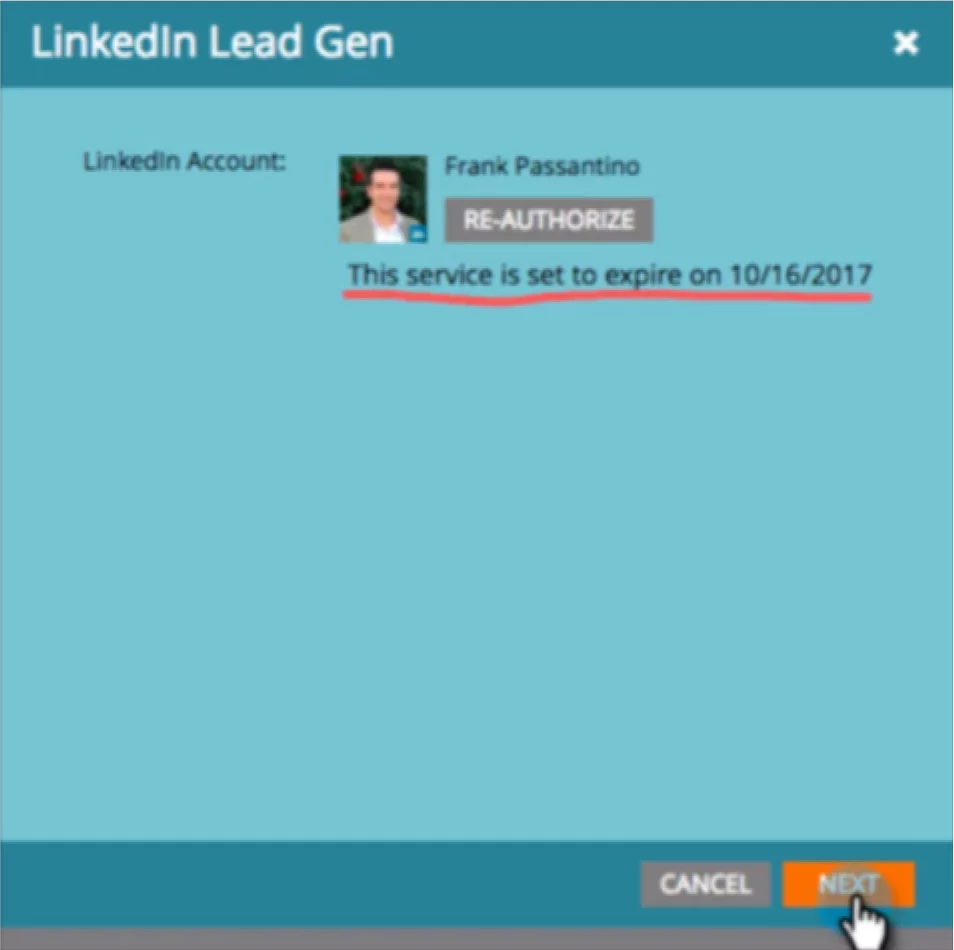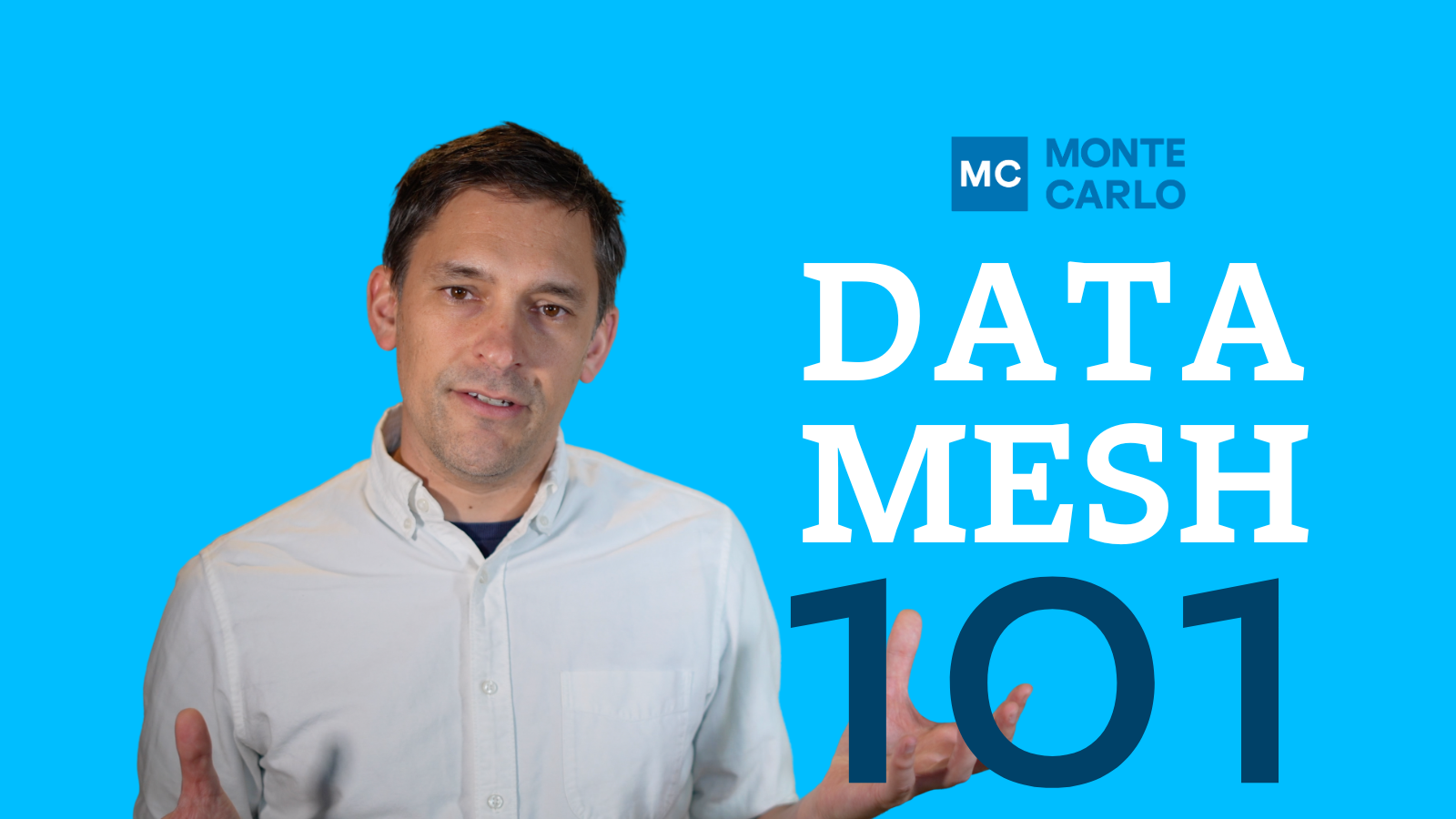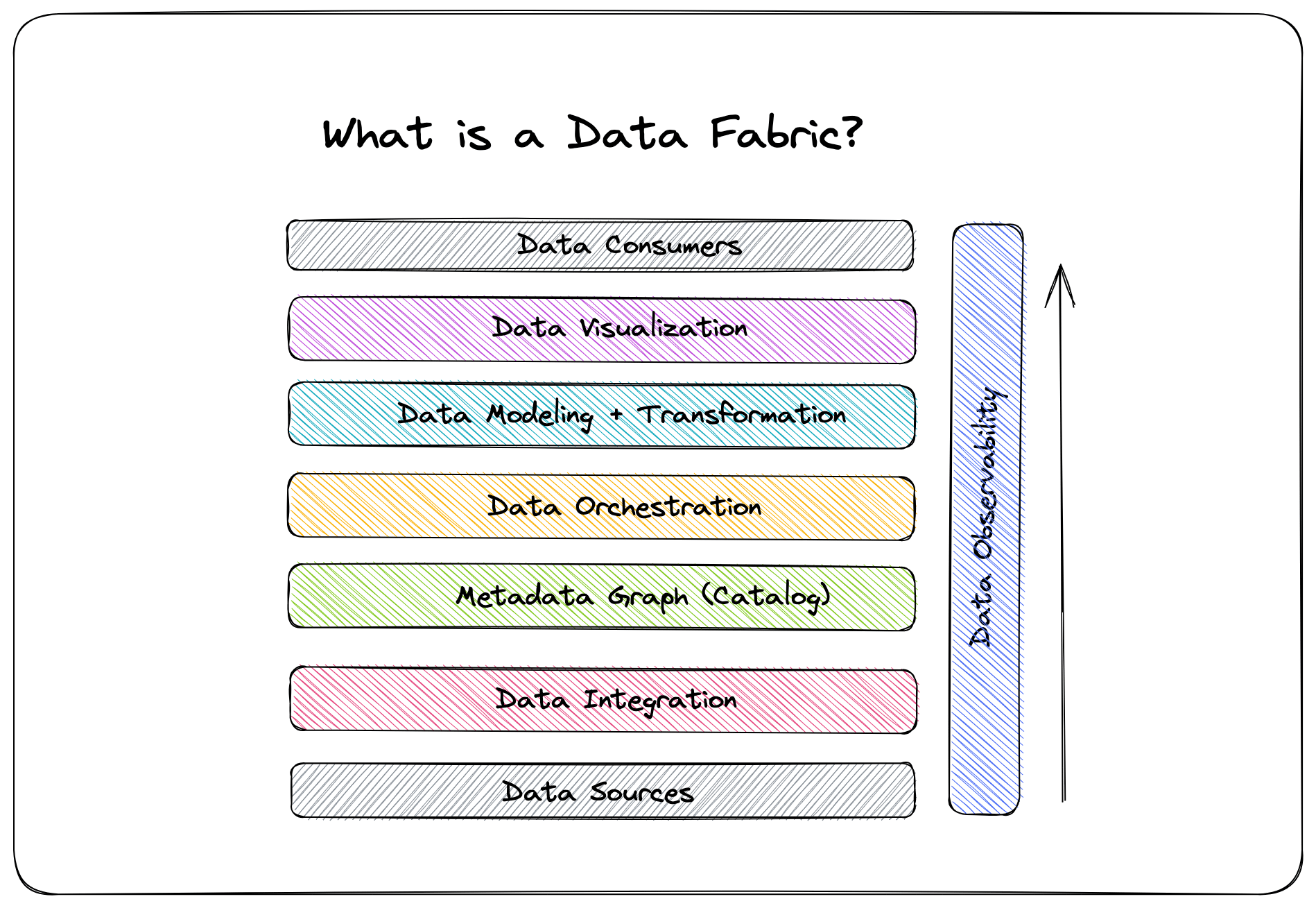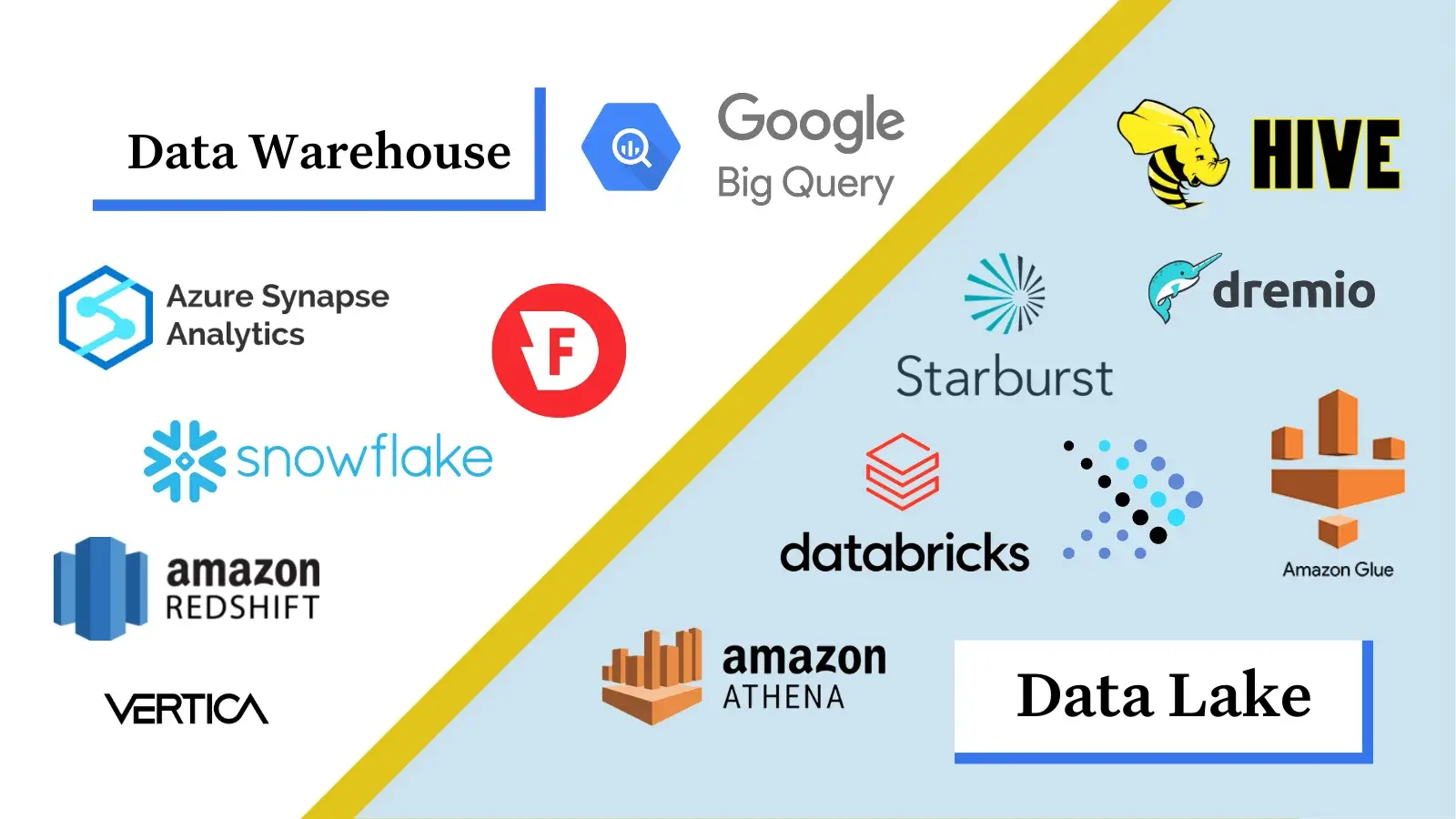The Slow, Agonizing Death of the Customer Data Platform

At the start of the last decade, circa 2010, marketers found themselves with a problem: marketing tech was messy and out of control.
Their customer and prospect data was in the CRM, but the way they spliced and diced their audiences varied based on the communication method and tool. Different segments existed across email and SMS to digital ads and everything in between. This meant unintended overlapping audience touches and siloed messaging sequences.
The customer data platform (CDP) rode into this barren wasteland of low click-through rates as a knight in shining armor, ingesting and unifying mostly 1st-party customer data across tools to be activated within seamless, omnichannel marketing campaigns.
So, did marketing teams ride into the sunset on the back of this trusty steed, -er CDP? If only it was that simple.
Now, the cookie – the foundation of digital marketing since such a thing existed – is crumbling.
For decades, the cookie, like cloud computing, was an equalizer enabling both large and small organizations to target and re-target their ideal audiences. Cookies unfortunately also enabled more nefarious actors to capture and share customer data that didn’t have consumers’ best interests in mind.
As it becomes increasingly more difficult to leverage cookies, marketing teams are finding their investments in CDPs lagging. Instead, it’s the enterprise data warehouse/lakehouse, and enriched first-party data, not the CDP nor the CRM, that must occupy the center of our marketing analytics kingdom.
Rather than wait for the inevitable, data teams should proactively partner with marketing to help them understand the limitations of the CDP and begin working on their post-cookie data infrastructure. This especially makes sense as a customer data product based in the data warehouse, aka a composable CDP, adds value immediately even in a pre-cookieless world.
Here’s why the time is now to start centralizing your marketing data in the warehouse.
Marketing stacks are more complex than ever before
In the last decade or so, the number of marketing technologies has grown from about 150 to nearly 10,000. That means you have more API integrations and data pipelines that can fail. Often, by the time most marketing teams realize that their knight (the CDP) is a legacy data silo dressed in rusty armor, it’s too late.
In a past role, one of my marketing colleagues discovered that a month’s worth of leads from several regions had not transferred from LinkedIn to Marketo to their CRM system. Turns out the API authorization from LinkedIn to Marketo had expired with no notice. No one was the wiser until it was manually checked.

This significantly diluted the value of about $30,000 worth of leads, impacted go-to-market operations, and consumed hours of the marketing team’s time to troubleshoot and resolve the issue.
Imagine if instead these leads were part of a robust data ingestion and data activation solution that worked in concert with the data warehouse with real-time monitoring that could alert the data team to sudden anomalies in volume? Imagine if the cost per click and other valuable digital advertising fields could be monitored for spikes in value indicating shifts in bidding or consumer behavior?
Unfortunately that’s not the case for marketing teams’ with traditional, legacy CDPs. Integrations fail silently. Targeting gets stale. Quality control and governance is non-existent. All because there is an awkward middleman sitting between the data and marketing team.
Time To Think Outside the UI
Organizations are well aware of the impacts of seasonality on their business. And while they may experience spikes or troughs in demand on occasion, they are well within operational capacity. That is in most market conditions.
The pandemic separated the wheat from the chaff. In other words, the organizations that can quickly glean predictive insights and pivot, and those that cannot. Peloton is a classic example of a company that was caught without enough stock during a burst of demand at the start of the pandemic in addition to being overinvested as that demand dwindled toward its end.
Another example is Kohls, who found themselves with an inventory mess as a result of, according to this article, “… the company has lost the plot in terms of merchandising and range planning and appears to be taking a seemingly random approach to buying…”
While the seismic shifts in consumer patterns related to the pandemic may have normalized, there have been more than a few whispers that our decade plus of robust economic expansion may be coming to a close.
This is the time for data and marketing teams to shine and be the first to find new bidding opportunities amid shifting consumer preferences. For example, data trust enabled Blinkist, an eBook subscription company with more than 16 million users worldwide, to make bold, aggressive marketing investments with confidence.
It gave Blinkist a competitive advantage by allowing them to pivot quickly at a point where historic data didn’t reflect the current reality of their audience’s daily lives making real-time data essential.

You can’t capture these opportunities as effectively when you click the same buttons within the same CDP UI as your competitors, especially when you are all also using the same advertising platforms in an open bidding structure. In fact, the UI can act as a stranglehold on creativity by becoming the proverbial box outside of which thought does not exist.
If there isn’t an option to select audiences by highest lifetime value within the tool (because operational data can’t be captured by the CDP), chances are not too many campaigns are going to be launched at that lucrative segment.
While many legacy CDPs are starting to offer ways to reach back to the data warehouse, not too many marketers are going to be writing SQL queries to pull operational data nor are too many data professionals diving that deep into the weeds of the marketing stack.
Still, while data teams know they need to break through these walls and illustrate the art of the possible to marketing teams, there sits the legacy CDP as an uninvited obstacle sitting in the middle of what should be a seamless relationship.
Silos are poorly optimized
What do you call a platform that is only accessible to one main group of users and holds data replicated somewhere else? A data silo, in this case, a CDP.
Not only do data silos lock away organizational knowledge, expose compliance risks, and create waste from unnecessary duplicative architecture, they are also often poorly run and optimized.
While most CDPs spend time focused on optimizing their operations, they have a standard cost to run that the customer cannot improve. On the other hand, the data warehouse, which already sits close to the watchful eye of engineering, can have its computations on user segments optimized so they are less expensive to run.
Reliable data + marketing creativity = ROI
So where does the story end for the traditional, legacy CDP? They have gained significant market share with marketing teams, a department that holds a significant budget. My guess is that their death will not be quick, but an agonizing slow descent into the oblivion of legacy technology.
Smart data teams that recognize the advantages and inevitability of a data warehouse centric CDP should start conversations with their marketing colleagues and paint the art of what is possible with a more modern data architecture.
When only the (cookie) crumbs remain, marketing will look toward the data team and its trove of enriched first-party data to take an enlarged role in optimizing its digital operations.
Unlike cookies, first-party data must be earned by doing what marketers do best — building strong relationships with customers. In doing so, the bad actors lose their advantage, which in the end is better for consumers and marketers alike. And most importantly, data will become an unprecedented competitive advantage, but only for those who put it to work.
Interested in how Monte Carlo can help you ensure reliable marketing data that drives results? Fill out the form below to schedule a time to speak with our team!
Our promise: we will show you the product.
 Product demo.
Product demo.  What is data observability?
What is data observability?  What is a data mesh--and how not to mesh it up
What is a data mesh--and how not to mesh it up  The ULTIMATE Guide To Data Lineage
The ULTIMATE Guide To Data Lineage 





